27 things to do for free in Britain, from spectacular waterfalls to medieval libraries
'The best things in life are free,' declared by Coco Chanel — who then added that ‘the second best things are very, very expensive’. So let's stick with the best, from stargazing to birdwatching. Emma Hughes picks 27 free and almost-free ways to while away a day.

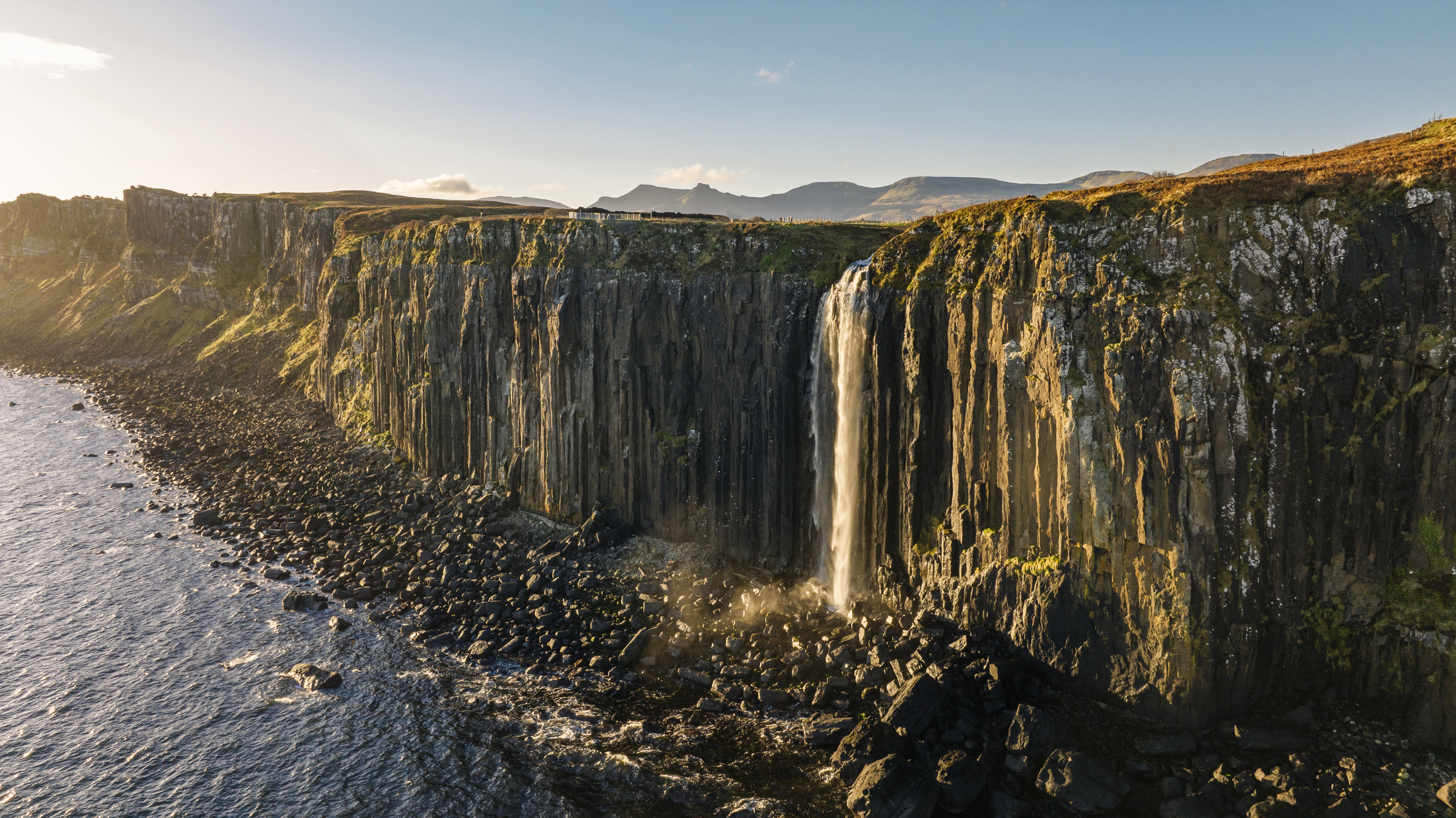
Times are tough, but there are at least two dozen ways to have fun in 2023 which cost you nothing, and for which, in most cases, nothing more strenuous than stepping outside is required. What’s more, they will encourage you to slow down and appreciate what we have.
Although our list isn’t totally devoid of technology (including the gold mine that is the BBC’s iPlayer archive), it’s free of what we might call algorithmic thinking, which sees a spirit of curiosity replaced with predictable, easily replicable activities and itineraries.
Thus — onwards, into 2023. Make every day count: do less, enjoy it more. As Kenneth Grahame said: ‘The whole world before you, and a horizon that’s always changing!’
1 Let a waterfall awe you
Watching water tumble down a sheer rock wall with a roar is a humbling reminder of Nature’s unbridled power. There’s no shortage of beautiful waterfalls to visit in Britain, but don’t miss Eas a’ Chual Aluinn, in Sutherland, and the Mealt Falls (pictured top), on the Isle of Skye, which jump down layered basalt cliffs into the sea.
2 Attend choral Evensong in Cambridge
It’s synonymous with the Festival of Nine Lessons and Carols, but King’s College Chapel’s Evensong services, which take place five or six times a week during term time, are no less enchanting. The chapel’s fan-vaulted ceiling (the world’s largest) and medieval stained glass are never less than awe-inspiring, too.
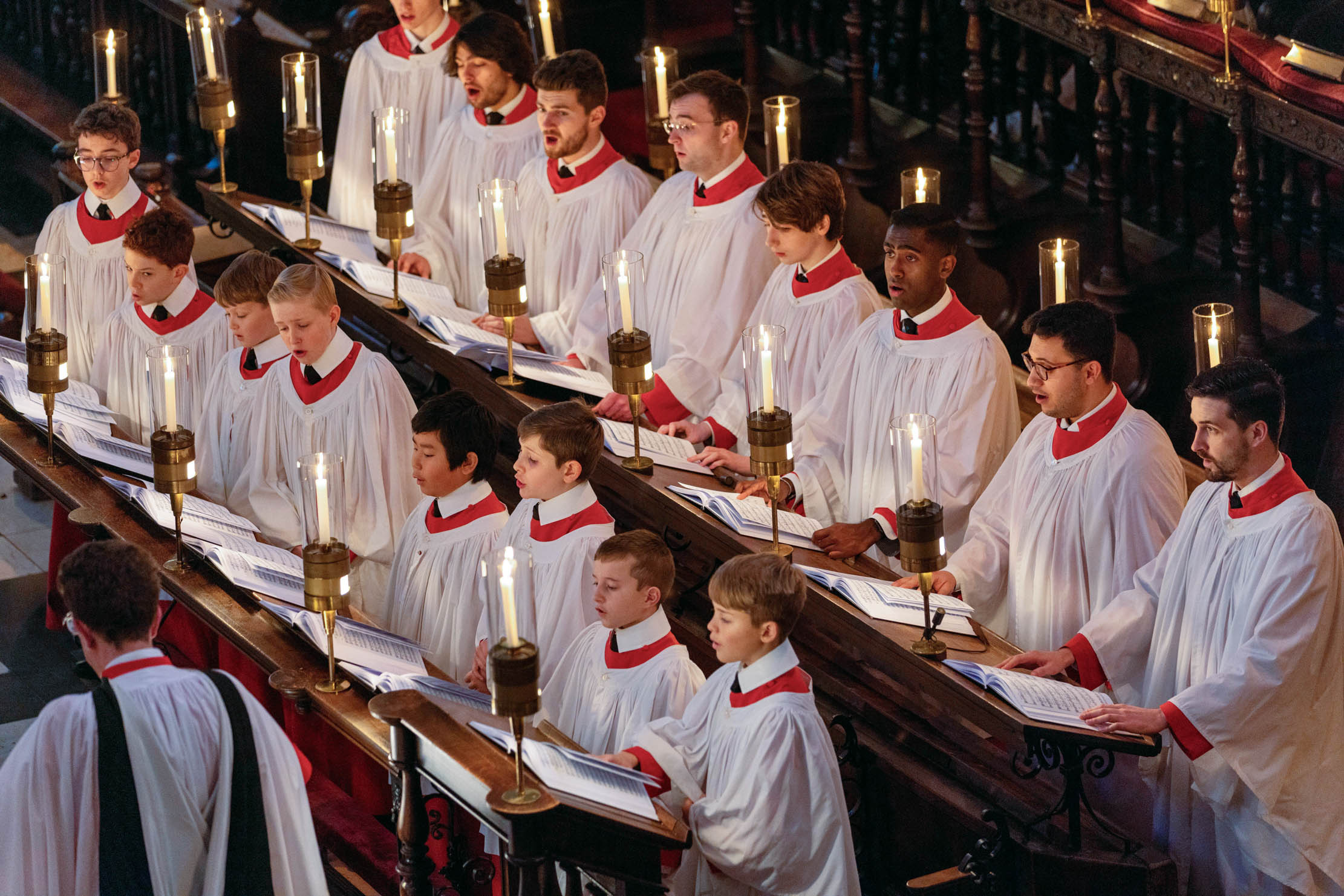
3 Collect bird sounds
Swap birdwatching for bird-listening and relish the soundtrack of Nature: the booming bittern jostling for a mate, the calling of the cuckoo, heralding spring, the melodic trill of the nightingale, the hazy summer turr-turr-ing of the turtle dove, the tinkling of the skylark and, come winter, when the skies fall silent, the harsh cawing of the rook.

4 Admire Hogarths and Canalettos
Sir John Soane’s Museum is the former home of eminent architect and collector Sir John Soane, near Lincoln’s Inn Fields, in London, is one of the capital’s most remarkable museums — and there’s no charge to enter. As well as world-famous works of art, it’s packed with antiquities, architectural resources and Soane’s own sketchbook.
Exquisite houses, the beauty of Nature, and how to get the most from your life, straight to your inbox.

5 Watch Sir John Betjeman’s documentaries
The BBC’s iPlayer holds a treasure trove of documentary footage, including half a dozen presented by John Betjeman. Beside The Seaside looks at the British delight in bucket-and-spade holidays and Contrasts sees the poet making his way from Marble Arch to Edgware in the capital, taking in his beloved Metroland. Elsewhere on the app, Simon Jenkins’s ‘London Collection’ of films includes John Pitman’s dreamy 1971 day in the life of Hyde Park’s soldiers, swimmers and sunbathers.

6 Enjoy London’s park life
The Royal Parks (Victoria Tower Gardens, Grade I-listed Brompton Cemetery, Greenwich Park, Regent’s Park and Primrose Hill, Green Park, St James’s Park, Bushy Park, Richmond Park, Kensington Gardens and Hyde Park) remain precious patches of rus in urbe, with 5,000-odd acres that are free for everyone to enjoy. They’re also havens for wildlife, from bats — look out for them on Hyde Park’s Dell Bridge at dusk — to deer and Egyptian geese.

7 Stay out late at a gallery
The National Gallery is open until 9pm every Friday and runs free drop-in events every week to help visitors immerse themselves in the collections — look out for a lecture on Turner and the sea, a 17th-century-inspired drawing session, poetry readings and tours in January.

8 Go foraging
The ground may be half frozen, but there’s plenty of bounty to be found on hedgerows and in woodlands even in January, from crab apples to rosehips. As the year progresses, the choice increases to encompass nettles, dandelions, samphire, mushrooms and that ubiquitous favourite — juicy blackberries. The Woodland Trust makes available lots of excellent, free foraging resources.
9 Go catch a (sea) fish
Sea-fishing is all about embracing serendipity — unless you are very familiar with a particular shore, you probably won’t know what you’ll catch. You can fish (without a licence) on most public coastlines, but access may be restricted on private land (such as marinas), so please check first.
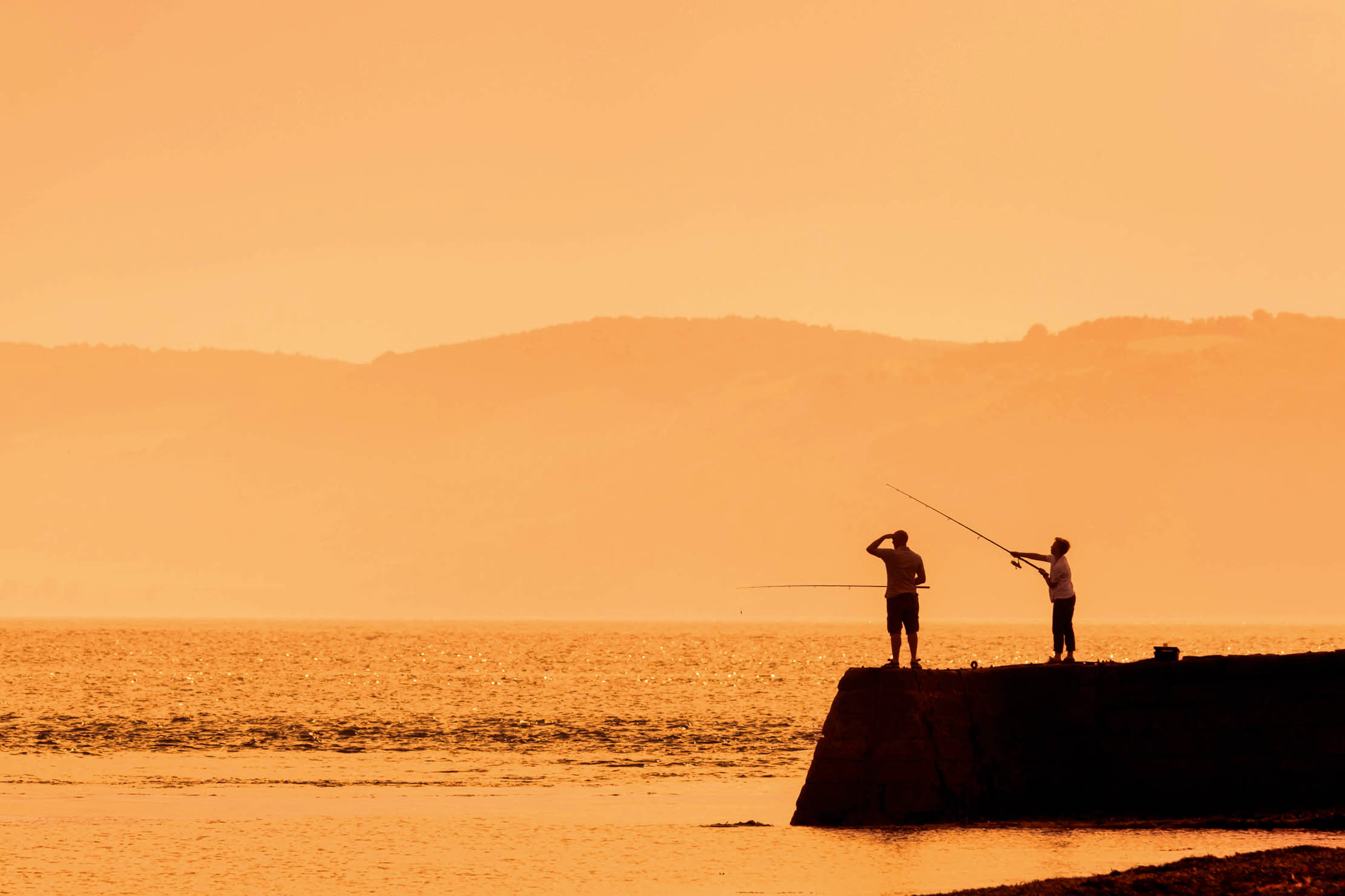
10 Find yourself a little lamb
Hearing lambs bleat with a vibrato that belies their size and seeing them frolic in the field is Nature’s best tonic.
11 Discover the pollards of yore
Meet some remarkable trees and receive a crash course on the history of pollarding at Burnham Beeches, in Buckinghamshire (surprisingly, the site is owned by the City of London). This National Nature Reserve combines mighty oak and beeches up to 500 years old with new pollards.
12 Put your head in the clouds
Lie back, watch the clouds go by and let your imagination see patterns in the floating shapes. Is that a face looking back at you from the sky?
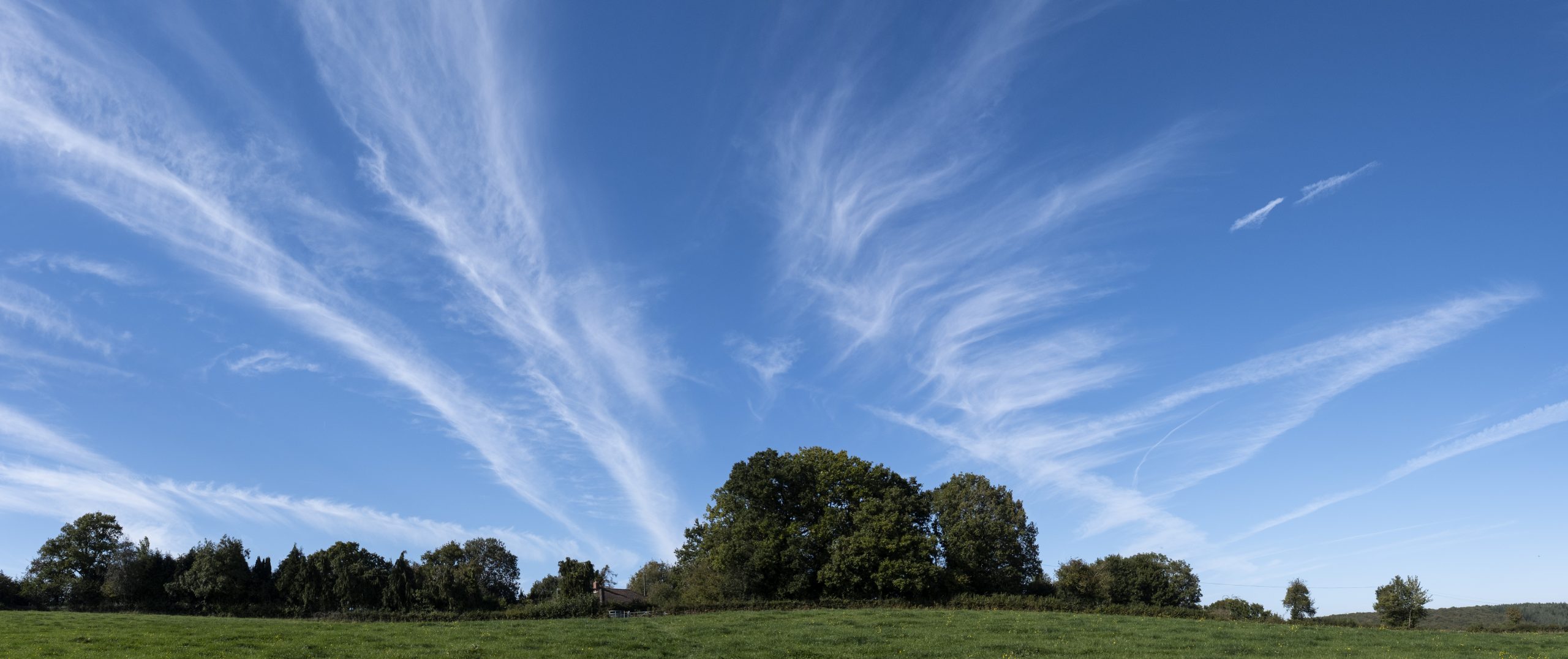
13 Explore Dungeness
With its shingle beaches in the shadow of the nuclear power station, the Kentish nature reserve is one of Britain’s most unusual and compelling landscapes. Admire Derek Jarman’s Prospect Cottage, watch steam trains chuff along the Romney, Hythe and Dymchurch Railway and spot the tumbledown wireless shed where Guglielmo Marconi, the inventor of radio, conducted tests in the 1890s. A catch-of-the-day lunch at the Dungeness fish shack is optional, but recommended.
14 Go stargazing
A clear view of the starry night sky, uninterrupted by light pollution, is one of the countryside’s greatest gifts and an upside to the shorter, darker days at this time of year. The National Parks UK website has a ‘Dark Skies’ database listing the best spots for stargazing — including Northumberland, England’s first International Dark Sky Park, which has its own Dark Skies Festival each February. Keep an eye out for the CPRE’s annual Star Count, when you can volunteer to report on the starry view from wherever you are.

15 Stand among ancient stones
It might not be as famous as Stonehenge, but the megalithic site at Avebury in Wiltshire is the world’s largest, with, originally, 100 stones surrounding two smaller circles. Unlike Stonehenge, it’s free to visit, and you can walk right up to the ancient stones. Nearby Silbury Hill is the largest prehistoric mound in Europe.

16 Explore the plant kingdom in Scotland
Scotland’s four Royal Botanic Gardens — Edinburgh, Benmore, Dawyck and Logan — are home to tens of thousands of plants and trees from across the globe. The Edinburgh gardens are free to enter and there are guided walks on offer, as well as telephone-free ‘Silent Spaces’, where visitors are invited to switch their phones off and enjoy Nature without distractions of any kind.
17 Climb Arthur’s Seat
A round trip on foot to the top of Edinburgh’s most famous volcanic landmark, described by Robert Louis Stevenson as ‘a hill for magnitude, a mountain in virtue of its bold design’, takes about two hours and promises a largess of scenic beauty — gratis.
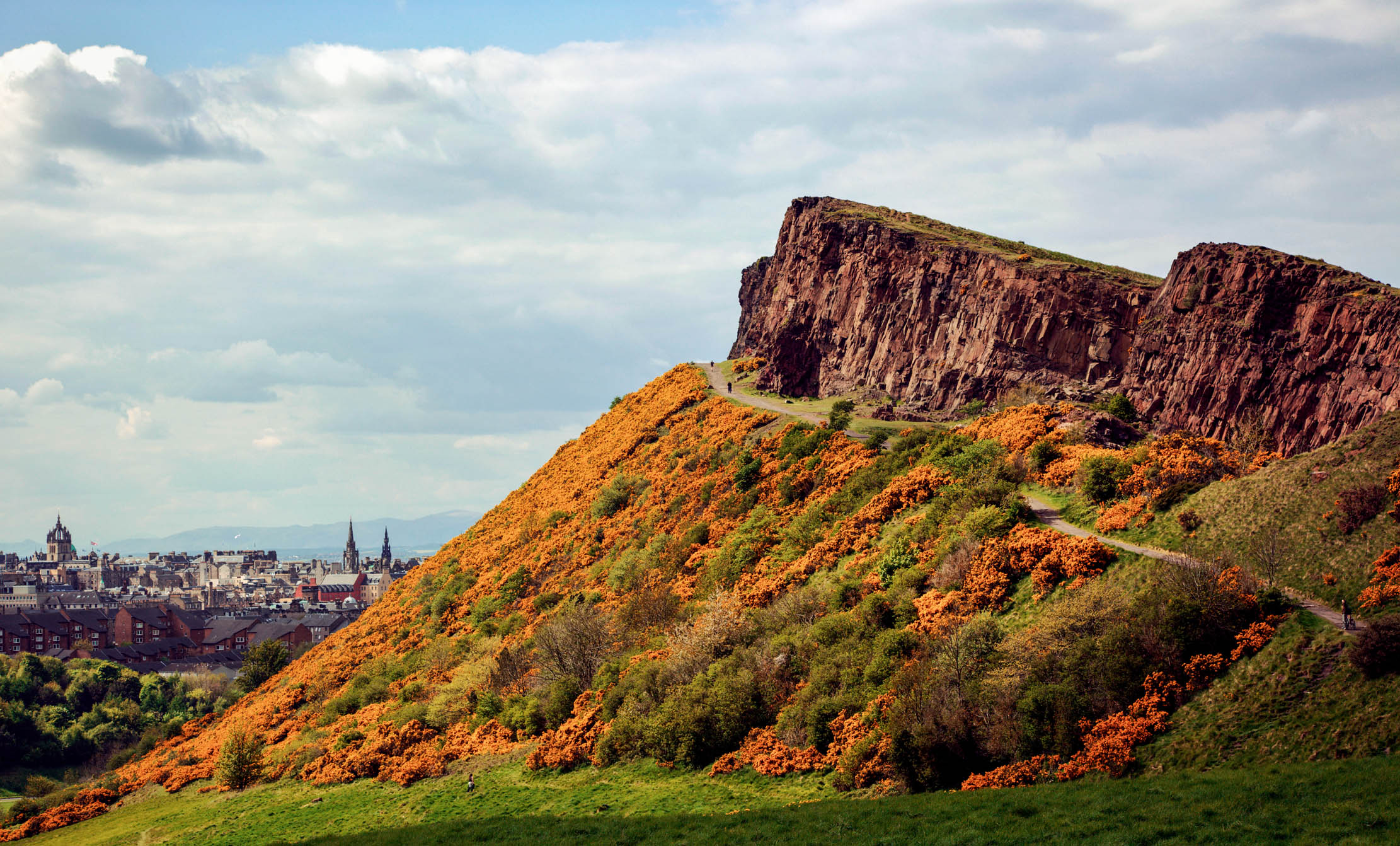
18 All aboard at the National Railway Museum
Celebrate Britain’s proud railway past at the National Railway Museum in York: there’s an audio trail, a train simulator and the Mallard, which, in 1938, set the world’s speed record for a steam locomotive that still stands today. Admission is free, but booking is essential.
19 Go rockpooling
All you need is a bucket, some sturdy waterproof footwear and a decent stretch of low tide for rock-pooling success. Wembury, near Plymouth, Devon, is consistently ranked among the best spots for it, but any fairly sheltered shore could yield exciting discoveries, including crabs, starfish and sea anemones. If you’re taking children, remind them to return their finds to the sea once they’ve finished identifying them.

20 Attend The King’s coronation procession
Britain excels at pageantry and any event, from the Changing of the Guard to Trooping the Colour, is memorable, but this will be the ultimate ceremony, worth attending if only to see history in the making and say: ‘I was there.’
21 Follow a sculpture trail
From the futuristic shapes of Northumberland’s Kielder Water to the forest sculptures peppering Grizedale in Cumbria, some of the country’s most beautiful landscapes are home to sculpture trails that are free to follow, with maps usually provided to help plan your route. Cambridge has three different ones, taking in the River Cam and some of the college gardens, and, not too far away, in Norwich, Norfolk, the Sainsbury Centre Sculpture Park feels like an outdoor gallery, with works by Henry Moore and Francis Bacon.

22 Gol wild swimming
In winter it’s practically an extreme sport, and you’ll need to be made of strong stuff even in the summer, but the health benefits of plunging into a river, pond or the sea are many: cold-water swimming can improve your circulation, give you an endorphin boost and raise your energy levels. Whatever your level of experience, it’s best to have company when you’re taking the plunge — the Outdoor Swimming Society has a list of open-water swimming groups that you can join all over the country. Whether or not you wear a wetsuit is up to you, but neoprene booties and gloves make a big difference, together with a woolly hat and a hot Thermos for afterwards.
23 Reflect in a church
Unless you’re trying to get in to St Paul’s or another similarly world-famous site, Britain’s churches are free to all with no questions asked, and remain a sanctuary from the stresses and strains of modern life, as well as a defining feature of our national landscape. From the lonely Gothic St Mary and St Finnan on the shores of Loch Shiel (one of only four Pugin churches in Scotland) to the enchanting wood carvings in Suffolk’s Holy Trinity Blythburgh, you could spend several lifetimes exploring the country’s ecclesiastical treasures.

24 Go wildflower spotting across the seasons
Cherish the first snowdrops that banish the chilling gloom of winter, before capturing the promise of spring brought by primroses and snake’s head fritillaries, revelling in the glory of bluebells and the bold colours of summer’s cornflowers or poppies and seeing the year come to an end in the purple carpet of heather on the moors. Not sure what you’re looking at? Our simple guide to the wildflowers of Britain will help you easily identify the blooms you’re most likely to see.

25 Celebrate literature on foot
Whether you love The Lord of the Rings or The Rime of the Ancient Mariner, there’s a trail to suit every literary taste. The 51-mile Coleridge Way in Somerset and Devon is particularly beautiful, crossing rugged moorland, wooded valleys and ancient villages in the Quantock Hills, the Brendon Hills and Exmoor as you literally follow the poet’s footsteps — he was an indefatigable walker. A 5½-mile circular Tolkien walk around Lancashire’s verdant Ribble Valley takes in the various places that inspired The Lord of the Rings, which the author wrote in part when at nearby Stonyhurst College, where he occasionally taught (and which was also Sir Arthur Conan Doyle’s alma mater). The village of Hurst Green is whispered to have been the inspiration for Bilbo Baggins’s homeland, Hobbiton.
26 Lose yourself in a library
From Manchester’s Chetham’s Library — the country’s oldest public one still in use, dating from 1653 — to the part-residential Gladstone’s Library in Flintshire, this country is home to some of the world’s most exquisite examples of library architecture, many of which are free to visit.

27 Walk (all or part of) a National Trail
With more than 2,500 miles, you can choose from the deep-blue sea views of the South West Coast Path, the genteel riverscape of the Thames Path or the sweeping Coast-to-Coast route linking St Bees in Cumbria to Robin Hood’s Bay in the North York Moors National Park, which was announced as a National Trail in 2022 and will be fully upgraded by 2025.
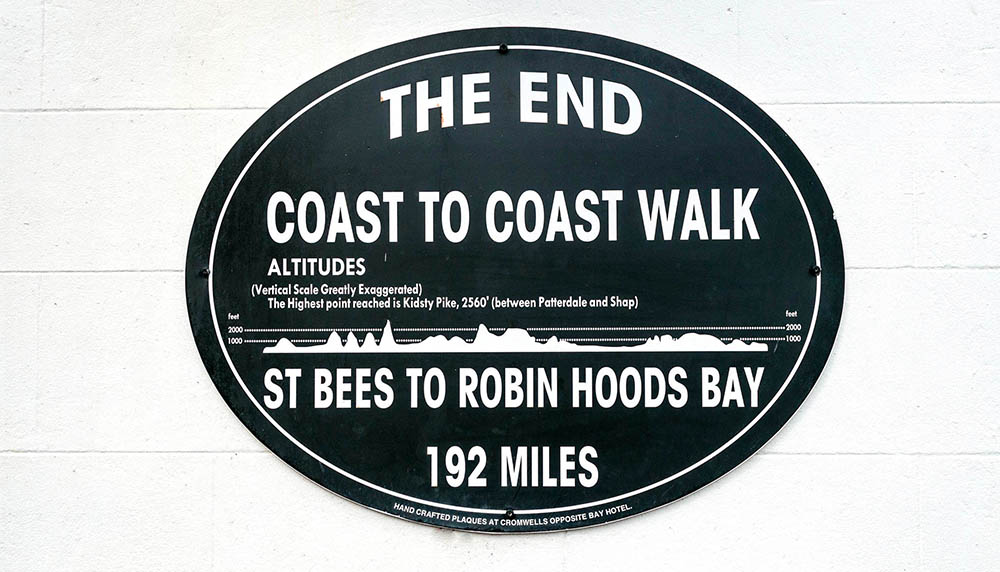

Credit: UK Heritage Awards
Ten of the best places to visit in the UK, from top family day out to the place with the greatest loos
The winners of the 2018 UK Heritage Awards have been announced – these are the winners in the ten main categories.
Emma Hughes lives in London and has spent the past 15 years writing for publications including the Guardian, the Telegraph, the Evening Standard, Waitrose Food, British Vogue and Condé Nast Traveller. Currently Country Life's Acting Assistant Features Editor and its London Life restaurant columnist, if she isn't tapping away at a keyboard she's probably taking something out of the oven (or eating it).
